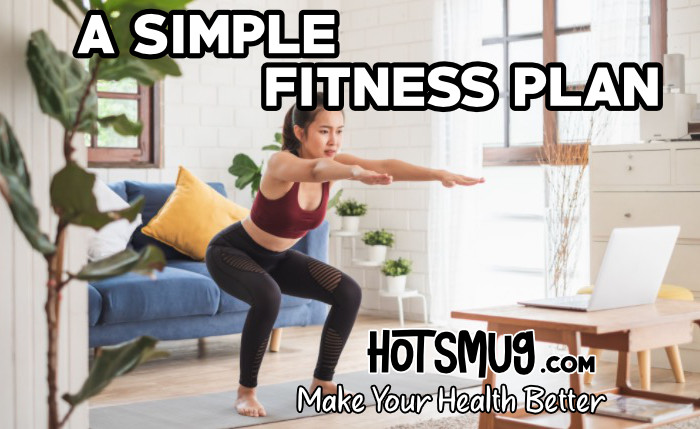You want tone and definition.
To lose weight and keep it off.
To feel stronger.
To not run out of breath.
And you don’t have a million dollars to blow on supplements or a trainer.
DVDs didn’t work.
Neither did that weird fat-blasting contraption you bought for six easy payments of $19.99; which, by the way, was far more clunky and awkward in real life than it was as demonstrated by the anabolically-enhanced Ken doll look-a-like during a 3:34am infomercial.
You are frustrated.
You are sick of all the crap and scams online.
And you just want a simple fitness plan to follow…
Cool, I can help.
I am going to show you a simple plan to lose fat, look better, and feel better.
01. As you design your fitness program, keep these points in mind:
- Consider your fitness goals. …
- Create a balanced routine. …
- Start low and progress slowly. …
- Build activity into your daily routine. …
- Plan to include different activities. …
- Try high-interval intensity training. …
- Allow time for recovery. …
- Put it on paper.
03. DETERMINE YOUR DIET
Like it or not, there’s truth in the cliche about abs being made in the kitchen. You could spend hours on the treadmill and still gain weight if your diet primarily consists of prepackaged foods containing simple carbs and excessive trans or saturated fats.
A variety of healthy diet plans can complement your workout efforts. Common examples include clean eating and the Mediterranean diet. No matter your preferred route, plant-based foods should receive special attention. Daily essentials include fresh (or frozen) fruits and vegetables, as well as whole grains. Aim for a balanced mix of protein, healthy fats, and carbohydrates. Timing may also be a consideration; some people swear by intermittent fasting, while others simply limit midnight snacks.
04. CREATE A MEAL PLAN
Meal planning is a fundamental principle of healthy eating. If you prepare nutritious meals and snacks in advance, you’ll be less susceptible to the lure of processed meals and fast food. You can even use the time you save with meal prep to fit in more exercise.
To begin, search for recipes that align with your diet of choice. Find a few meals you find appetizing and create a list of groceries. Stick exclusively to this list while at the store.
Following a successful grocery shopping trip, set aside an hour or two to prep your meals all at once. Chopping produce and cooking grains in advance will help you save valuable time during the week.
05. CONSISTENCY
Consistency in training is the number one factor in getting results. You have to train often, and across a long period of time. Therefore, the first thing you need to consider: creating a program that will keep you in the game. The best workout routine in the world is useless if you don’t actually do it. Sidelined, whether for lack of progress, motivation, or a nagging injury, is a surefire way to miss your goals.
The Whole Life Challenge provides the structure to give you the consistency you need to follow through on any exercise plan. With daily accountability to the workouts you want to do, the WLC is just the thing you need to make consistency your middle name
This means we need to build a program that is do-able, with the right mixture of activity and rest. There is a bit of art to this, but the first step is simple: write a general schedule. What are you going to do each day, Monday through Sunday?
06. Hit Your Macros
You now have a decent idea how many calories per day you average.
You have also come to realize you eat a lot of carbs and fats, and probably not much protein.
You learned that nuts are not a good protein source.
Most salads have more calories than a cheeseburger.
And dozens of other myths and misconceptions.
Now the time has come… to take your tracking skills and set specific macronutrient targets for your body and goals!
You can estimate daily macro targets for your body right here.
And if you would rather simply count calories and protein, that is cool with me too!
Tracking is a necessity for the kind of results you want.
Well, technically you can make progress without tracking.
But it requires accidentally falling in a calorie deficit. A far better strategy is to track an ensure you make progress rather than blindly take a chance.
After months of tracking, you will be able to eat more intuitively/estimate your way to continued success.




